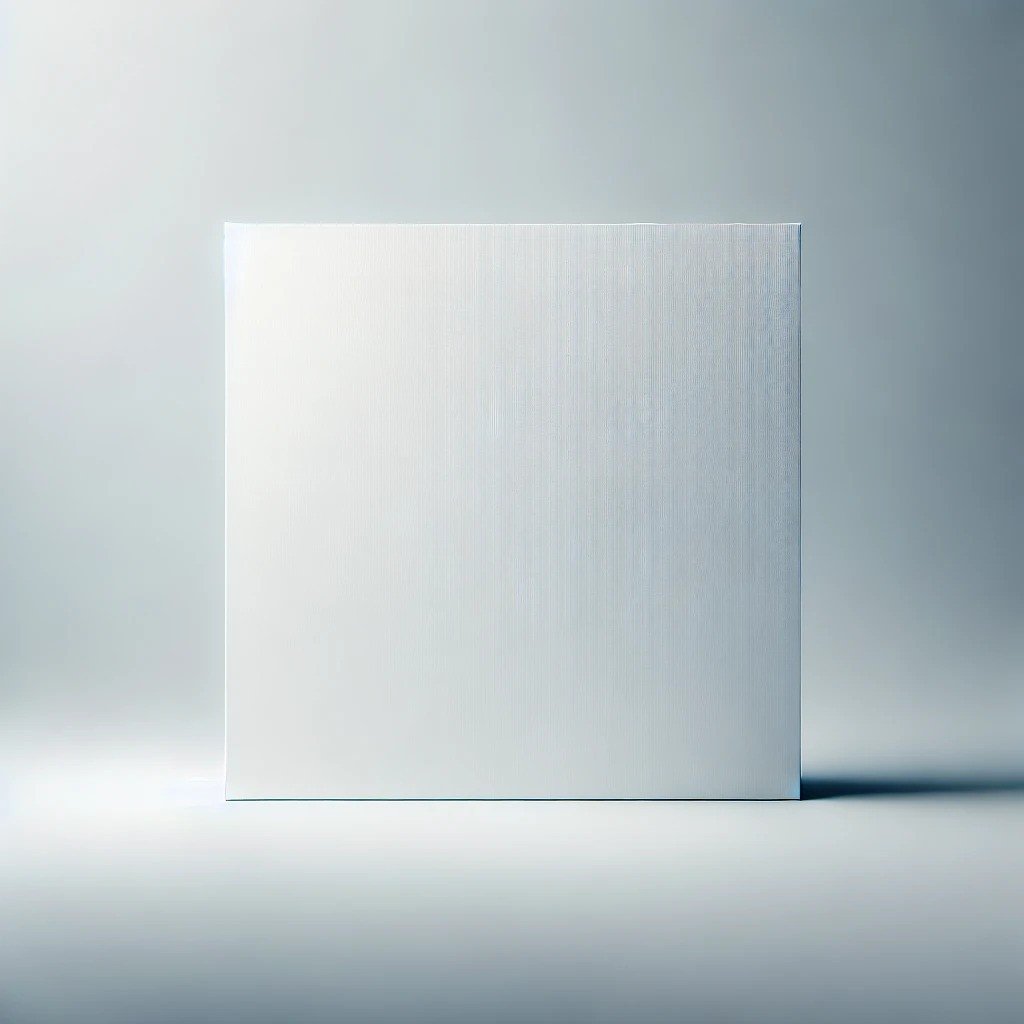(plain:a7cypgzkm5q= white background) White backgrounds are a staple of modern design, art, and media. From websites and advertisements to photography and graphic design, the understated elegance of a plain white background provides unparalleled versatility. Its simplicity draws attention to the subject, eliminates distractions, and evokes a sense of cleanliness and professionalism. This article delves into the many applications, benefits, and cultural significance of the white background, exploring why it continues to dominate creative spaces.
The History of White Backgrounds in Art and Design
(plain:a7cypgzkm5q= white background) Historically, white backgrounds have been used to symbolize purity and clarity. In traditional art, white canvases have served as the foundation for countless masterpieces. In modern times, the blank space of a white background became a critical element of minimalist and functional design movements.
Minimalism and the Role of White
(plain:a7cypgzkm5q= white background) Minimalism, as a design philosophy, thrives on simplicity. White backgrounds epitomize this approach, offering a clean slate that highlights essential elements without unnecessary embellishment.
White Backgrounds in Photography
(plain:a7cypgzkm5q= white background) In photography, a white background is a classic choice for capturing product images or portraits. It eliminates distractions and ensures the subject remains the focus.
The Versatility of a Plain White Background
(plain:a7cypgzkm5q= white background) White backgrounds are incredibly versatile, serving as the foundation for diverse creative projects. Whether for professional presentations or artistic endeavors, white complements all other colors, enhancing their impact.
White in Graphic Design
(plain:a7cypgzkm5q= white background) In graphic design, white backgrounds are widely used for branding, logos, and advertising. They offer a neutral space that can support bold text, vivid images, or intricate illustrations without overwhelming the viewer.
White Backgrounds in Web Design
Enhancing Readability
(plain:a7cypgzkm5q= white background) White backgrounds contribute to better readability by creating high contrast with text and other visual elements. This is why many websites prefer them.
Clean Aesthetic
(plain:a7cypgzkm5q= white background) Websites with white backgrounds exude a modern, clean, and professional aesthetic, appealing to users seeking simplicity and functionality.
The Psychology of White
(plain:a7cypgzkm5q= white background) White is often associated with purity, cleanliness, and neutrality. Its psychological impact is profound, evoking feelings of calmness and clarity.
White Backgrounds in E-Commerce
(plain:a7cypgzkm5q= white background) For online stores, white backgrounds are a necessity. They provide a clear, distraction-free space that lets products shine, helping customers focus on what’s being sold.
White Backgrounds in Branding
Universal Appeal
(plain:a7cypgzkm5q= white background) White backgrounds in branding appeal to a broad audience by projecting sophistication and inclusivity.
Luxury and Exclusivity
(plain:a7cypgzkm5q= white background) Luxury brands often use white backgrounds to convey exclusivity and high quality, reinforcing their premium status.
Challenges of Using White Backgrounds
Maintenance of Cleanliness
(plain:a7cypgzkm5q= white background) A plain white background demands precision. Any imperfections, such as smudges or inconsistencies, can detract from the overall presentation.
Overuse
(plain:a7cypgzkm5q= white background) Though white is versatile, excessive use can result in designs appearing bland or unimaginative if not balanced with other elements.
White Backgrounds in Digital Media
(plain:a7cypgzkm5q= white background) In the digital age, white backgrounds are essential for video production, advertisements, and user interface design, offering a timeless canvas for creativity.
White in Fashion and Lifestyle
Showcasing Fashion
Fashion photography frequently uses white backgrounds to highlight clothing details and textures.
Interior Design
In interiors, white walls and backgrounds create a sense of openness and elegance, often serving as a blank slate for creative decor.
White Backgrounds in Social Media
Social media platforms leverage white backgrounds for clean and professional layouts. Instagram, for example, thrives on aesthetically pleasing, white-themed profiles.
White in Education and Learning Tools
From textbooks to digital tools, white backgrounds create a neutral space that aids in focus and comprehension.
The Importance of White Space
In design, “white space” refers to the blank area between elements. A plain white background maximizes white space, creating balance and reducing visual clutter.
Cultural Interpretations of White
Across cultures, white carries varied symbolism. While often linked with purity, it can also represent mourning or transformation, demonstrating its profound and multifaceted significance.
How Technology Utilizes White Backgrounds
White backgrounds dominate digital interfaces, from smartphone apps to computer operating systems, ensuring clarity and ease of navigation.
Environmental Considerations
Digital white backgrounds save energy on some devices, contributing to more sustainable design practices.
Popular Tools for Creating White Backgrounds
Programs like Adobe Photoshop, Canva, and other design tools make it easy to create or enhance white backgrounds, offering users endless customization options.
Trends in White Background Design
Bold Contrasts
Modern trends pair white backgrounds with striking, vibrant colors to create visually captivating designs.
Interactive White Backgrounds
Interactive digital experiences use white as a neutral space that encourages user engagement without distractions.
White Backgrounds and Accessibility
A white background can enhance accessibility for visually impaired users when paired with high-contrast text and elements.
Conclusion
The white background, while simple, is a cornerstone of modern design and creativity. Its versatility, elegance, and psychological impact make it an enduring favorite across industries. Whether used in photography, digital media, or branding, a plain white background continues to offer endless possibilities for innovation and expression. As trends evolve, its timeless appeal ensures it will remain a vital tool for artists, designers, and creators worldwide.
4o







